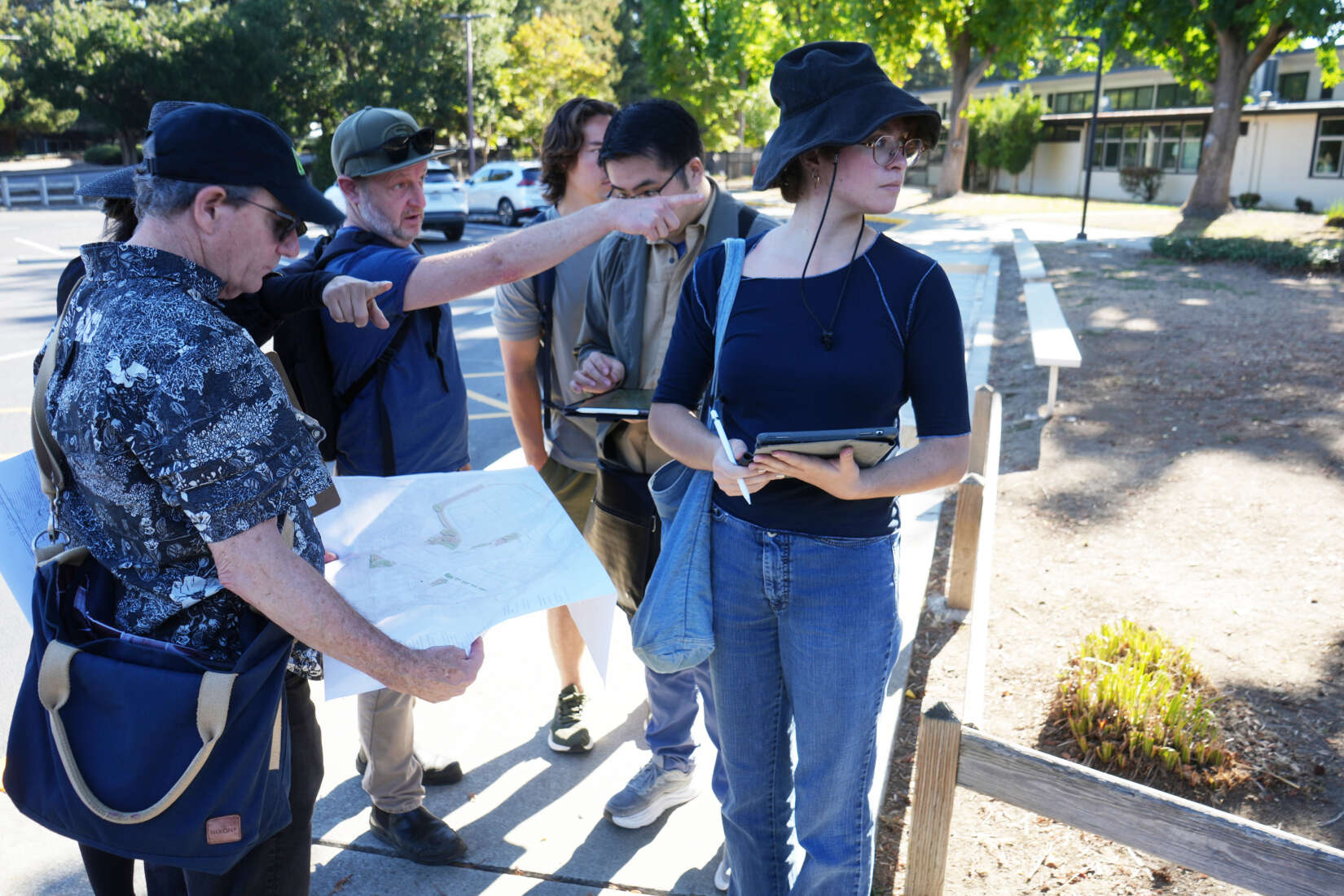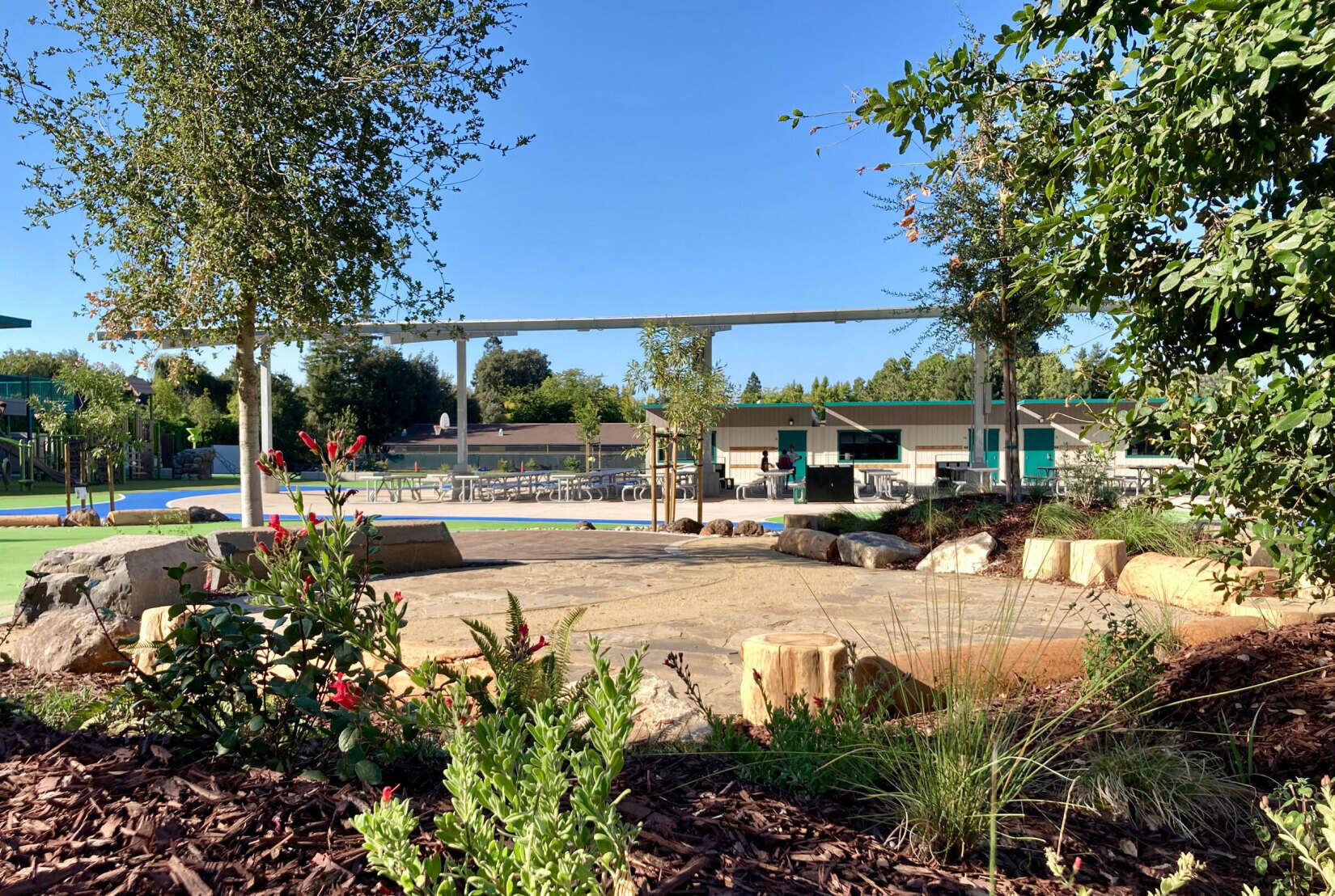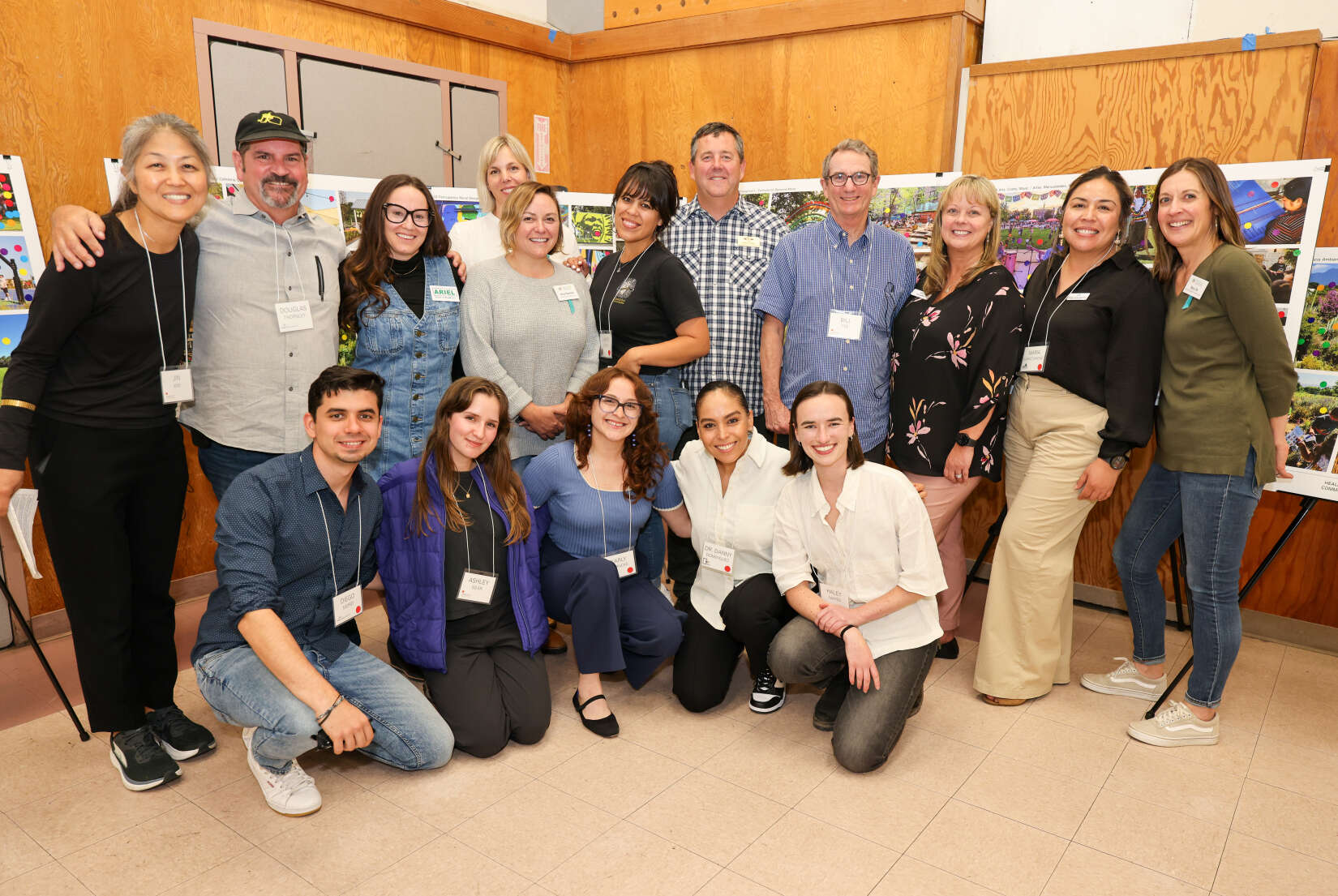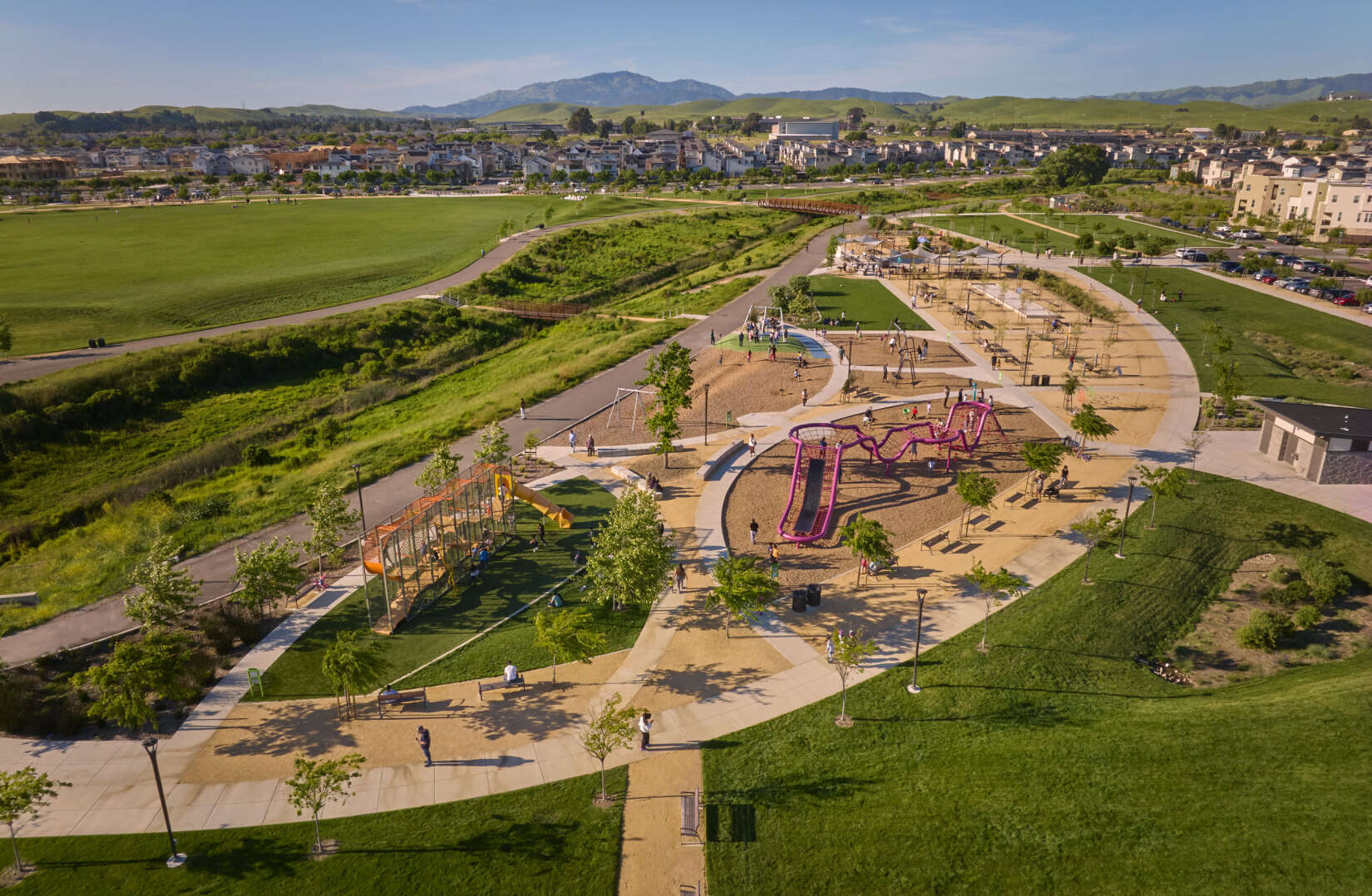Creativity and Collaboration / George's 3 Year Work Anniversary
Three years ago, George Loew brought his vision, curiosity, and collaborative spirit to the Carducci team and we’ve been better for it ever since.
George didn’t take the traditional path into landscape architecture. In fact, he was working in a completely different field, at a nonprofit focused on revitalizing low-income neighborhoods, when a community meeting changed the trajectory of his life. Someone rolled out a drawing - a vision for transforming a struggling commercial corridor - and George thought, “That’s a cool job.” That spark led to a career shift, and ultimately, to the landscape architect he is today.
Now, George thrives on the creative problem-solving the profession demands. Whether it’s the big-picture thinking of urban design or the hands-on detail of construction documents, he values the variety, the complexity and especially the people. Collaboration is where he shines, and where his designs truly come to life.

One of George’s most rewarding projects at Carducci Associates is Jose Antonio Vargas Elementary School, a project he co-led with Karly Behncke. Distinct from anything else in our portfolio, the project came with no predefined program, giving George and Karly the rare opportunity to shape its goals from the ground up. The result is a site that feels inherently connected to its surroundings, seamlessly integrated in both scale and layout. The design prioritizes nature-based spaces that foster well-being, support learning, and strengthen students’ connection to the environment.
Looking ahead, George dreams of working on more public space at the urban scale - plazas, civic commons, and places that shape how people experience their cities. He’s especially passionate about reimagining forgotten or underused places, like the time he helped develop a vision to turn a failing mall into a vibrant, walkable urban hub.
George, we’re lucky to have your talent, tenacity, and passion on our team. Here’s to the last three years and many more to come!

Feature / People


